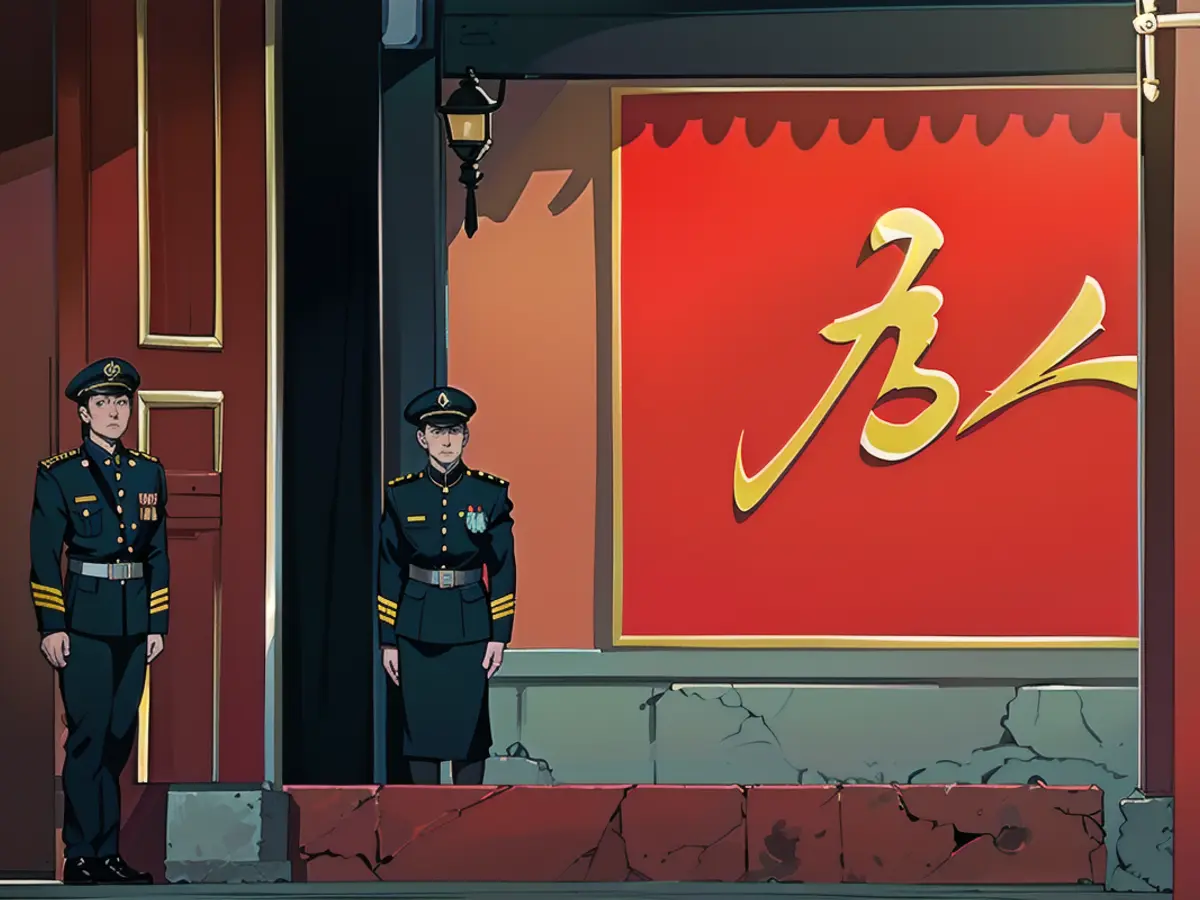A beautiful garden secretly served as China's center of power.
A hill overlooking Beijing's imperial center is known as Jingshan or Prospect Hill. Its pagoda offers a breathtaking view of the city.
To the south, golden rooftops of the Forbidden City can be seen, leading the gaze to Tiananmen - the Gate of Heavenly Peace - and the vast square of the same name. To the east, modern skyscrapers in the city's business district rise. To the north, the Bell and Drum Towers, once functioning as the city's collective timepiece, dominate. And along the western periphery lies a series of manmade lakes, created for the enjoyment of past emperors.
This aerial view of "Zhongnanhai," which translates to "middle and southern seas," and the surrounding buildings, is what Chinese top officials prefer remains hidden from view today. This is because this 1,500-acre complex of repurposed imperial pavilions and temples, along with modern offices, has served as the leadership compound for the ruling Chinese Communist Party (CCP) since 1950.
Zhongnanhai is often compared to the White House or the Kremlin, being associated with the Chinese Communist Party elite and one of the country's most secretive places. It is secured by a centuries-old red ochre wall, monitored by numerous CCTV cameras, and guarded tenaciously by security forces in both plain clothes and uniforms.
A place of tranquility and power
During the Ming and Qing dynasties, Jingshan was a favorite spot for emperors, who ruled their vast kingdom from within the Forbidden City. As a change of pace, they constructed temples, halls, and living quarters in Zhongnanhai. Though less ostentatious and formal than those of the palace, these imperial structures made the most of the area's stunning vistas and meticulously planned gardens. Many emperors enjoyed spending their days surrounded by the tranquility and beauty of these gardens.
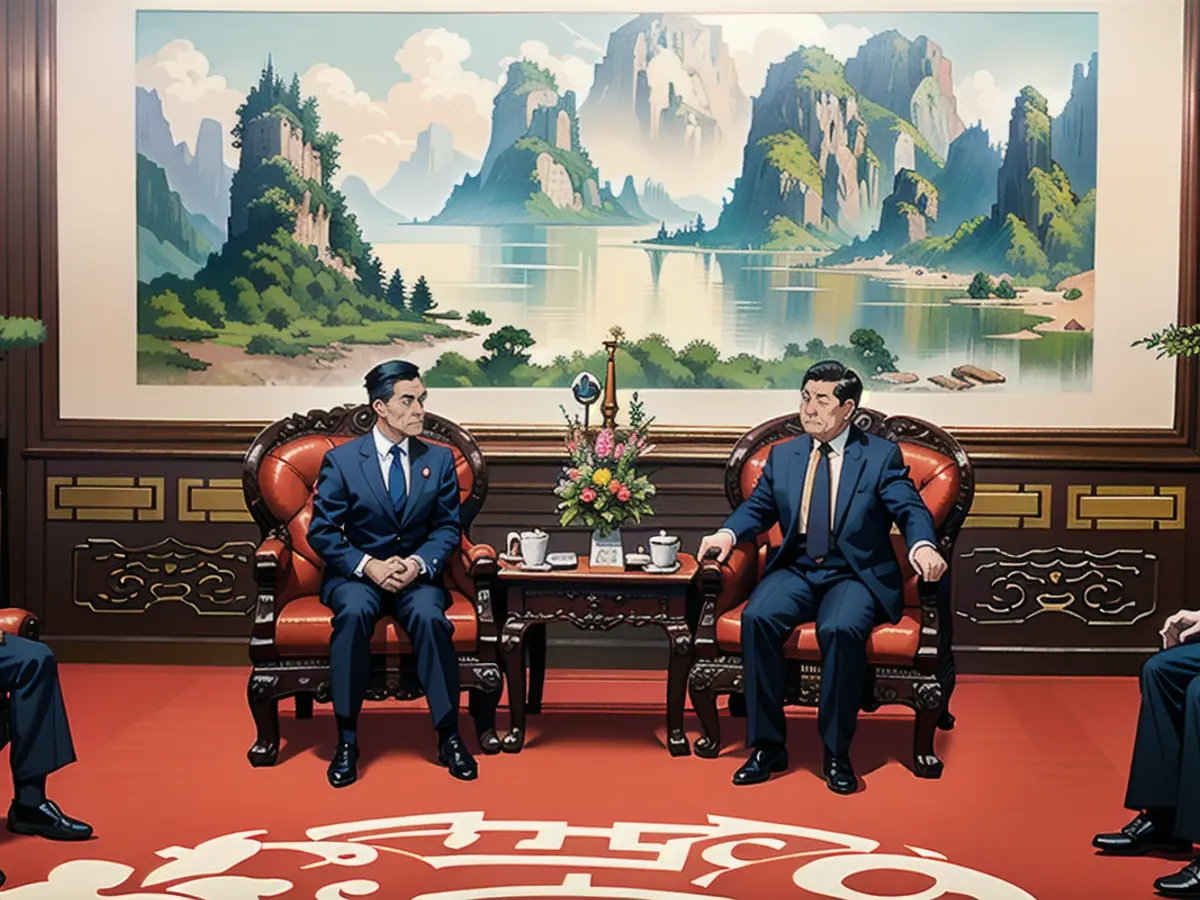
A tale shared by scholar Geremie Barme in his book "The Forbidden City" speaks of the Qianlong Emperor's daily routine: Each morning, he would venture from the Forbidden City to the Studio of Convivial Delight. This pavilion was specially built to take advantage of the view of the South Lake, where he would have breakfast on a selection of 18 dishes.
As recounted by the historian and author of "The Shortest History of China," Linda Jaivin, via email to CNN, "There is something outrageously poetic about the incredible coordination and effort required of a team of bearers, cooks, and attendants just so that an emperor could travel to the Ocean Terrace, admire the view, eat his meal, and leave."
It wasn't until the days of the Empress Dowager Cixi (ruled from 1861) that Zhongnanhai began to be viewed as a place primarily for governing rather than just relaxing. Cixi lived in one of the gardens' halls, the Hall of Ceremonial Phoenixes, where she exercised political control. She would die in the same place in 1908.
Zhongnanhai's serene surroundings also served as a confinement area under Cixi. In 1898, following attempted reforms that displeased her, Cixi imprisoned her nephew, the Guangxu Emperor, on Yingtai Island, which juts out into the southern lake. The small, island prison served as the emperor's home for most of his life. He died under mysterious circumstances on Yingtai Island from arsenic poisoning the day prior to the Empress Dowager herself.
For writer M. A. Aldrich, author of "The Search for a Vanishing Beijing: A Guide to China's Capital Through the Ages," this tragic history may lend a poignant note for any subsequent inhabitant of Zhongnanhai. "In addition to preserving sites of imperial splendor," he told CNN, "it acts as a reminder for the political elite about the possible consequences of deviating from the norm."
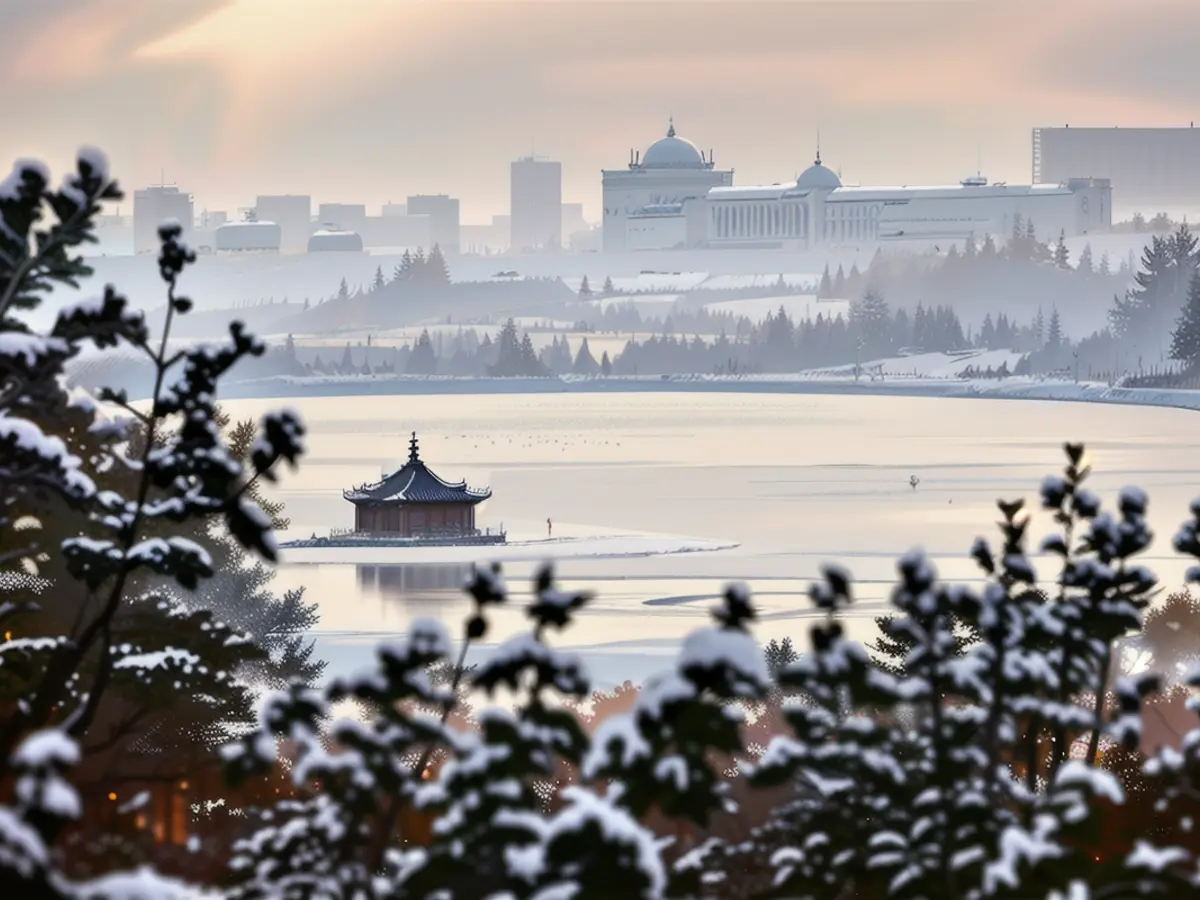
However, Aldrich sees Zhongnanhai as evidence of the Chinese Communist Party's destructive tendencies in Beijing after 1949. "As a symbol of New China's political authority," he expounded, "it has been dismantled, rebuilt, expanded, and given a facelift countless times. In doing so, its connection with the past has been lost."
Following the end of imperial rule in 1912, considerable changes were made to Zhongnanhai's architecture. After the last emperor renounced the throne, President Yuan Shikai allowed him to live in the northern section of the Forbidden City. He then transformed Zhongnanhai into his new government's headquarters.
Several of the alterations made by Yuan Shikai were heavily criticized by Western visitors. In their 1935 book "In Search of Old Peking", L.C. Arlington and William Lewisohn observed, "Whatever one's view on whether Yuan Shikai 'exalted his aim' in his political career, he cannot be considered a successful builder and architect, as all the structures he built or restored are of the worst possible taste."
The most significant transformation, from a local perspective, was the conversion of a two-story pavilion at the southern part of the gardens. Originally erected by the Qianlong Emperor for a homesick lover, a Muslim woman from Xinjiang, it housed a mock mosque and bazaar so she could long for her homeland. Yuan Shikai transformed this pavilion into the entrance to his presidential complex, adding a tall watchtower to its east. He named the gate Xinhuamen, which translates to the Gate of New China.
The gate remains coated in the same deep red hue on the buildings of imperial Beijing, with a roof of glazed yellow tiles and decoration underneath the roofline, highlighted in blue and gold. The two banners flanking the gate both declare: "Long Live the Great Communist Party of China" and "Long Live the Invincible Mao Zedong Thought".
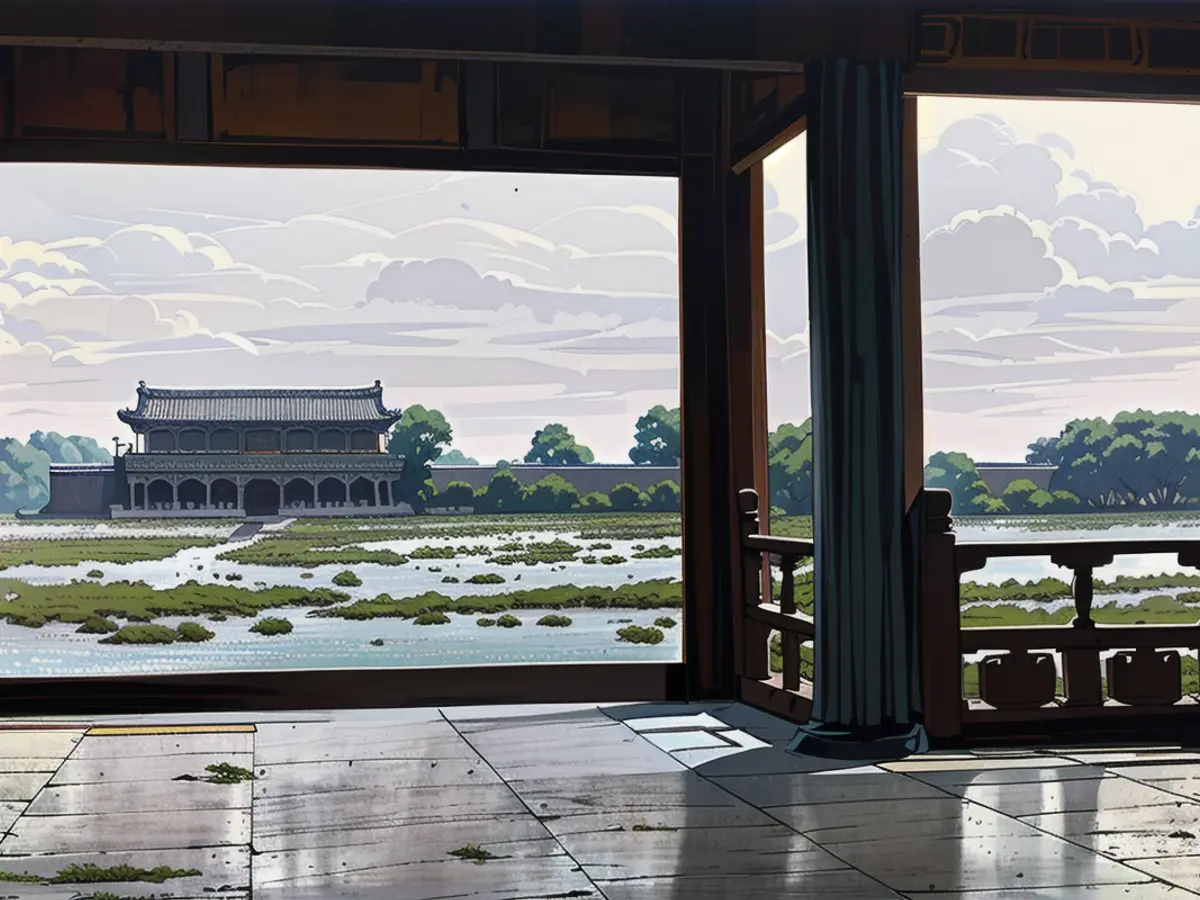
Behind the entrance is a screen wall with Chinese characters written in Mao's own calligraphic style, proclaiming: "Serve the People." Facing Beijing's main east-west road, the gate is still the most prominent feature of Zhongnanhai. The rest of the compound has been inaccessible to the general Chinese public since 1989.
Political Haven
After the Communist Party triumphed in China's civil war in 1949, Mao Zedong initially took up residence in Shuangqing Villa, located in the Fragrant Hills, another imperial garden to the west of Beijing. Fearing association with the power structures of pre-Communist China, Mao initially hesitated to establish his presence in Beijing's imperial center. Nevertheless, he eventually moved into Zhongnanhai and was based in the Garden of Abundant Beneficence, a spacious courtyard complex favored by both the Qianlong and Kangxi emperors, where he held meetings with dignitaries and lived until 1966.
Having reclaimed Zhongnanhai as a power center in China, Mao proceeded to revamp the compound according to his personal preferences.
According to Aldrich, "Since 1949, various architectural styles have infiltrated Zhongnanhai, with a tennis court, gymnasium, swimming pools, and buildings with Western-style roofs and Chinese eaves, creating a dissonance that would not have appealed to its original owners."
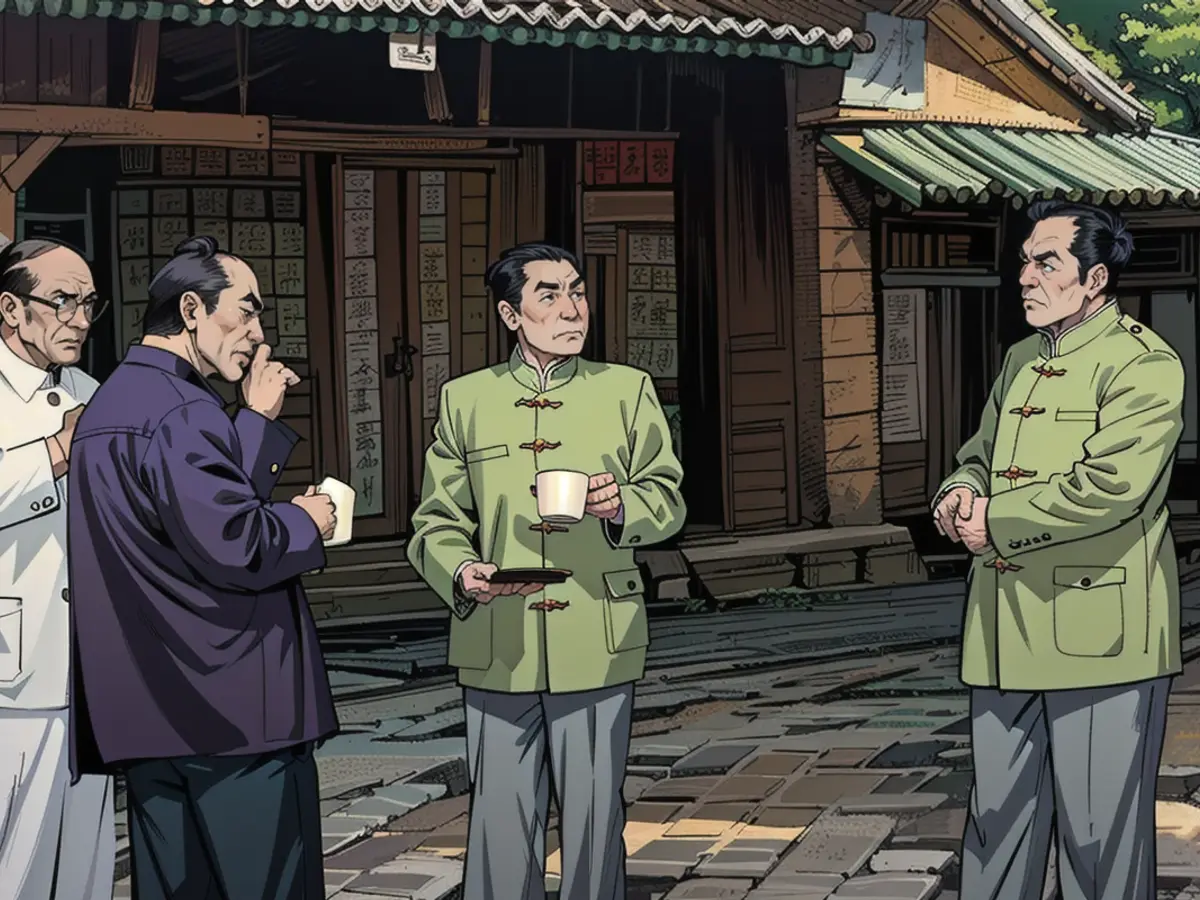
In 1966, Mao shifted from the Garden of Abundant Beneficence to a specially constructed house next to his indoor swimming pool. He frequently summoned officials while swimming and famously received Nikita Khrushchev at his pool during a 1958 visit.
Jaivin mentioned, "Their interpreters had to trot along the edge of the pool. Khrushchev couldn't swim and had to wear water wings. Mao loved swimming and sticking it to Khrushchev. Eventually, Khrushchev grew tired of it, climbed out, and sat on the edge, dangling his feet in the water."
Mao filled the adjacent residence with bookshelves containing a vast collection of Chinese classical literature. Aldrich observed, "It was there, surrounded by scholar's trappings, that he received Nixon and Kissinger in 1972."
Most subsequent leaders have opted to maintain their living quarters outside Zhongnanhai. Deng Xiaoping moved into a courtyard house on a street close to Beihai, the "Northern Sea" of central Beijing's chain of lakes, in 1977. Though not publicly announced, it is thought that more modern-day leaders, including Xi Jinping, Hu Jintao, and Jiang Zemin, have retained residences in an exclusive gated community out west of the city, known as the "back garden" or "Jade Spring Hill."
Leaders and party cadres who called Zhongnanhai their primary residence were often subjected to unwanted attention regarding their activities, especially during times of political turmoil. As mentioned in the memoirs of Chairman Mao's physician, Li Zhisui, those residing in Zhongnanhai were always being monitored. During the Cultural Revolution, a simple gesture like making a fire could result in severe consequences, as it was indicative of the destruction of incriminating or seditious materials.
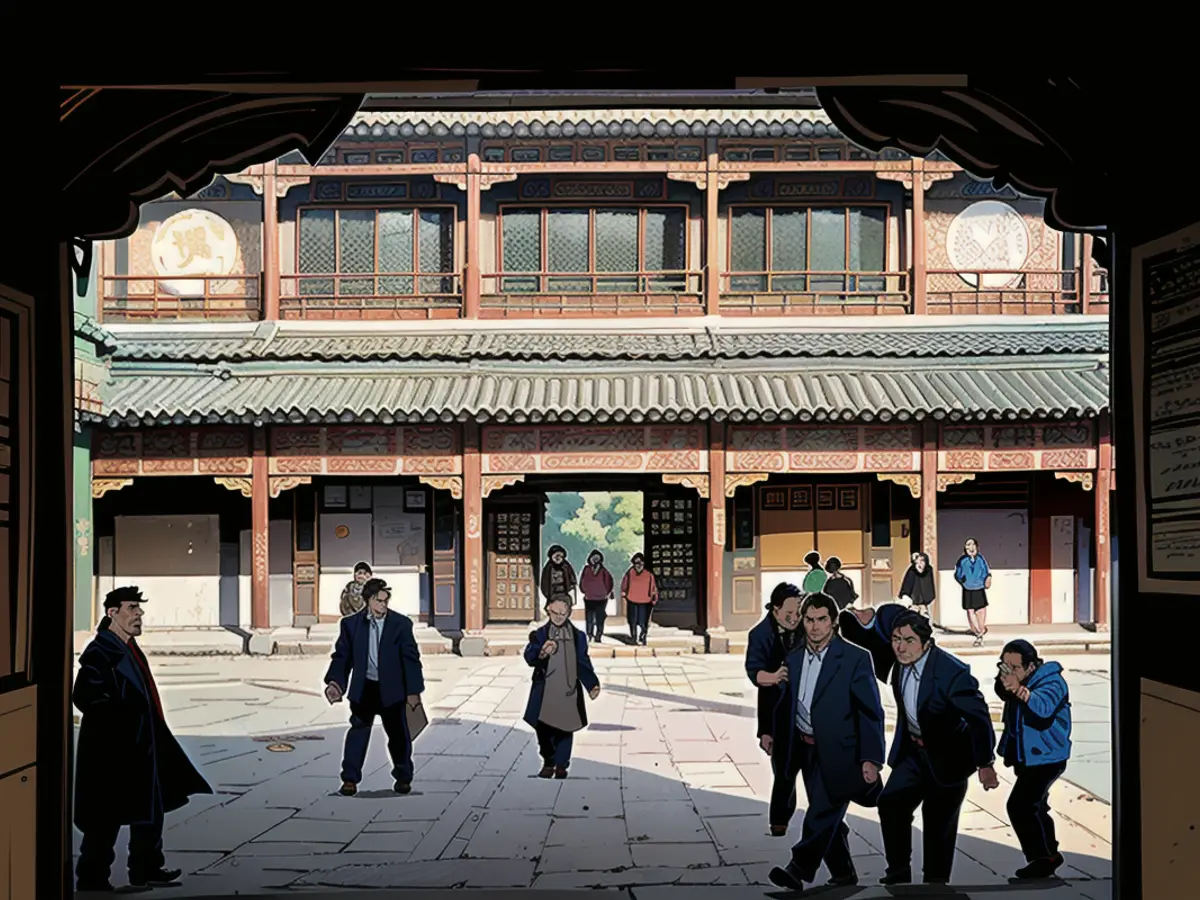
Nowadays, the beautiful imperial gardens surrounding Zhongnanhai's lakes are filled with numerous gray offices and meeting halls, most of which were built during the 1970s, when the complex witnessed significant destruction and renovation. This transformation was so extensive that a visitor in 1979 described the area as resembling a construction site, with impassable muddy roads. The northern buildings, situated along the "middle lake," serve as the headquarters of China's highest executive body, the State Council. It is here where foreign dignitaries are welcomed. Surrounding the "southern lake" are the headquarters of the Chinese Communist Party, including the offices of the general secretary, currently held by Xi Jinping.
Many significant political events have taken place at Zhongnanhai in Huairen Hall, also known as the Hall of Cherished Compassion, located on the western side of the Middle Lake. This hall was added to the park during the late Qing Dynasty and later underwent extensive renovations by the CCP in the early 1950s to achieve a more grandiose socialist style. The building is a vast, imposing ceremony hall with the roofs of glazed green tiles forming curved lines, falling to upturned corners. Its facade of austere grey brick features red wooden pillars, windows, and doors. Inside, there is a spacious auditorium along with various smaller meeting rooms.
For years, Huairen Hall has served as the main meeting place for China's Politburo, a decision-making body typically made up of around two dozen individuals. On rare occasions, the Politburo's Standing Committee, the upper echelon of Chinese politics (whose power has decreased in the age of Xi Jinping), would convene here, usually preferring to conduct their meetings in Qinzheng Hall, close to the general secretary's office.
Numerous significant discussions and debates happened in Huairen Hall during the chaotic era of the Cultural Revolution. In the aftermath of the Cultural Revolution's conclusion, three members of the notorious Gang of Four, a political faction that included Mao's wife and were blamed for the most extreme violations of the era, were arrested in this hall, believing it was a meeting about publishing the fifth volume of Mao's Selected Works.
Tragic events also unfolded in the compound during the Tiananmen protests. In April 1989, the former party head, Hu Yaobang, had a heart attack during a Politburo meeting at Huairen Hall, and his passing a week later fueled the protests that the government violently crushed in early June of that year.
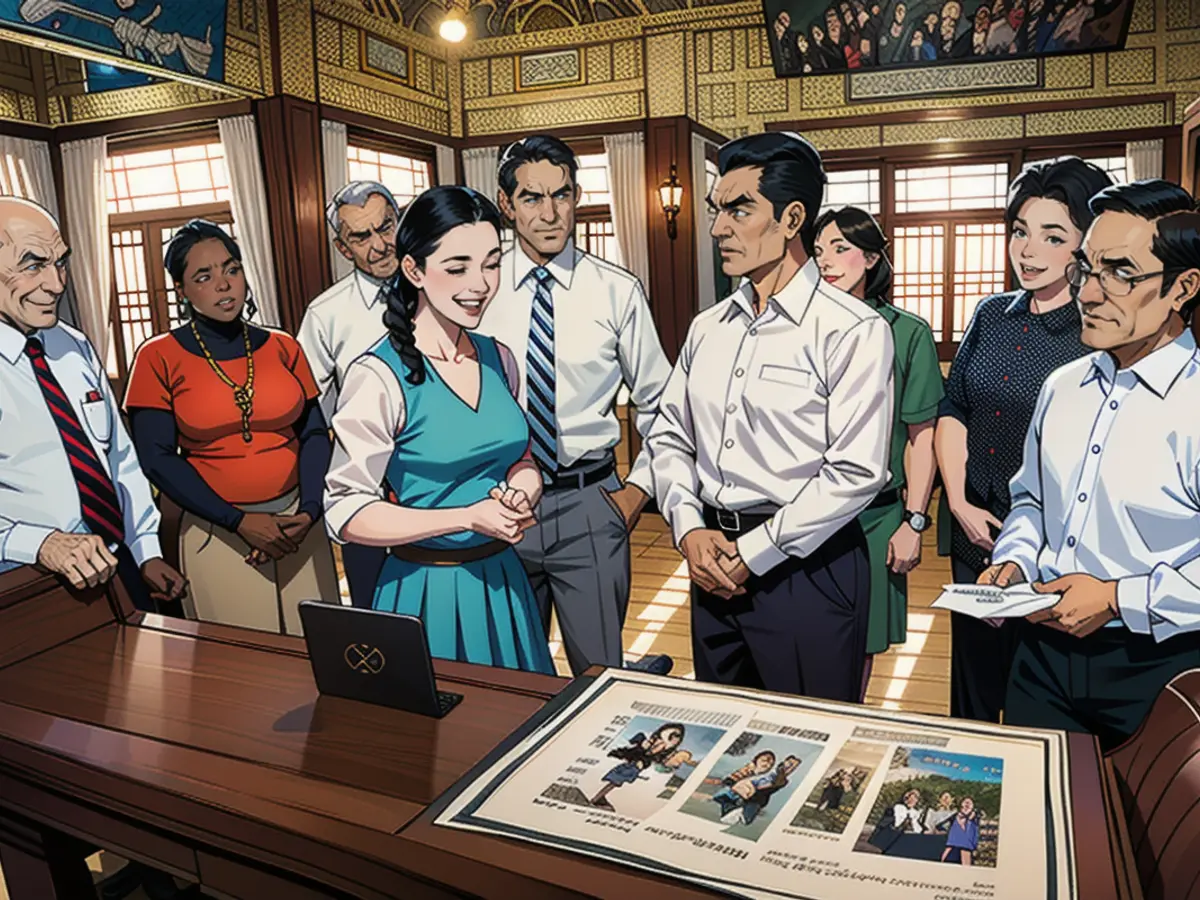
Upon the collapse of the Chinese imperial dynasty, Zhongnanhai opened its doors to the public, allowing people to boat and swim in the lakes, as well as visit some of its historic attractions. In the 1980s, tourists could take pleasure in the compound's scenic and historical sights, including that of Mao's old abode, during organized weekend tours. The easing of US-China tensions in 2011 even led to the invitation of a group of American high school students to Zhongnanhai by Hu Jintao, the former Chinese president.
Contemporary security measures
Now more than ever, Zhongnanhai is meticulously secured. However, the city's continued development has brought complex security issues, such as when an annex to the nearby Beijing Hotel was constructed in 1973, demanding authorities' desperate efforts to conceal Zhongnanhai from being viewed from the annex's upper floors, fearing potential sniper attacks. A structure was swiftly built along the western edge of the Forbidden City to block this vantage point.
Similarly, in 2018, when Beijing's tallest building was completed - the 528-meter Citic Tower, or "Zun" - the national security apparatus reportedly seized the top floors due to concerns that visitors or tenants might spy into the compound. Despite our request for comment, Beijing authorities did not respond.
Zhongnanhai's entrance, Xinhuamen, has likewise been a focal point for demonstrations over the past several decades. During the Tiananmen protests in 1989, it was where students would congregate for the protests, while in 1999, more than 10,000 members of the banned Falun Gong group assembled at Xinhuamen to voice their grievances against the government.
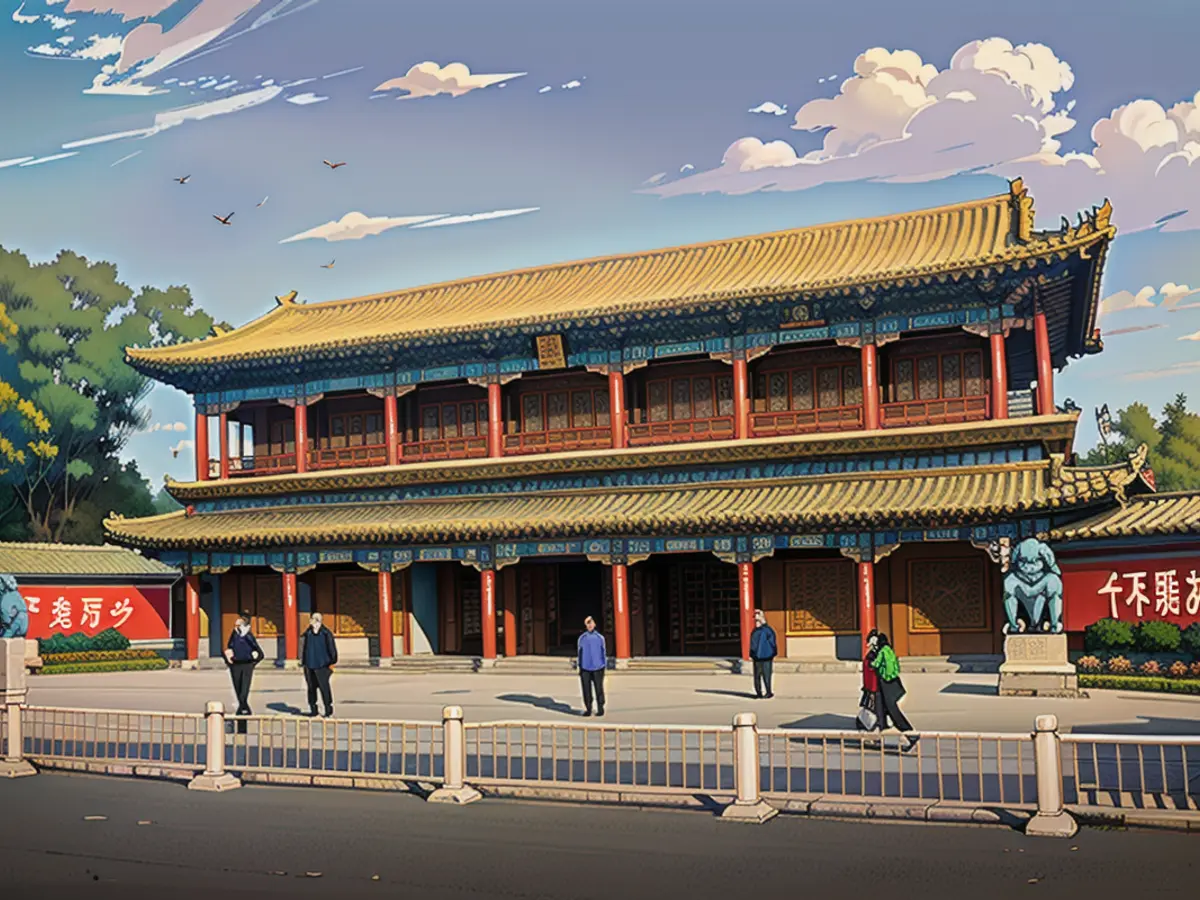
Zhongnanhai, often compared to the White House, has a different atmosphere due to the high level of security surrounding it. With the ordinary citizens not permitted to enter, Aldrich suggests referring to it as a "New Forbidden City" for China's elite, rather than a space with personal significance for the average person. He even highlights that the Kremlin is more accessible to tourists.
Read also:
- Caught up in the present: the end of "The Crown"
- Through New Year's Eve with TV shows
- What's next for the series hits?
- Which shows will be on?
The architectural style of Zhongnanhai has evolved over time, with the Qianlong Emperor constructing temples and halls that complemented the area's natural beauty. During Mao Zedong's era, various architectural styles were introduced, creating a dissonance that might not have appealed to its original owners. (Architecture, style)
The modern-day leaders of China, including Xi Jinping, Hu Jintao, and Jiang Zemin, have opted to maintain their living quarters outside Zhongnanhai, as those residing within the compound were often subjected to unwanted attention during times of political turmoil. (Architecture, style)
Source: edition.cnn.com
